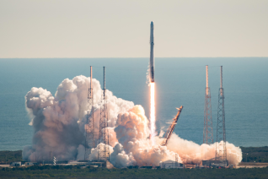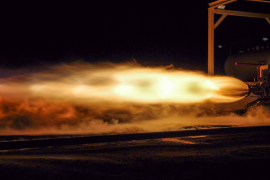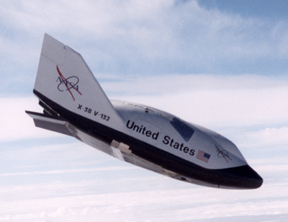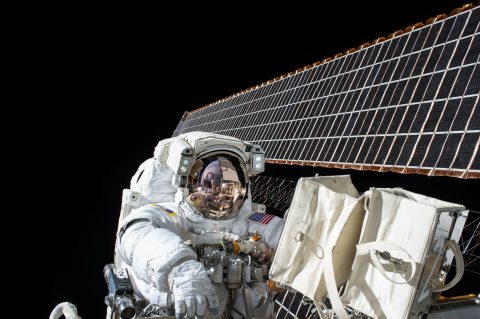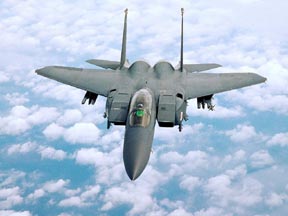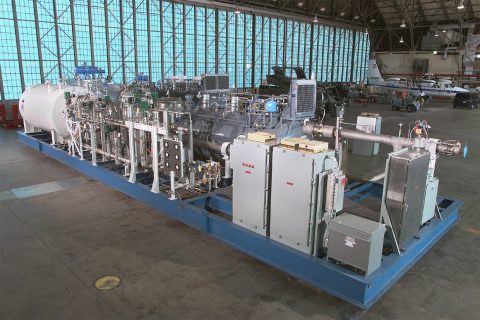BN engineers, manufactures, and tests various equipment for numerous aerospace applications. BN’s space flight hardware includes liquid rocket engine turbopumps, fuel densification systems, liquid fuel thruster pumps, and environmental control system pumps and fans. BN has the expertise to meet the space flight industry’s strict design specifications, specialized material requirements, and conformance to high-quality standards. Engineered products are designed using the aerospace ConDR/PDR/CDR process, addressing a variety of MIL and NASA standards. Additionally, BN specializes in contract manufacturing of individual aerospace components and complete assemblies. BN was honored to receive the Aerospace Manufacturer of the Year award in 2020 and 2022.



